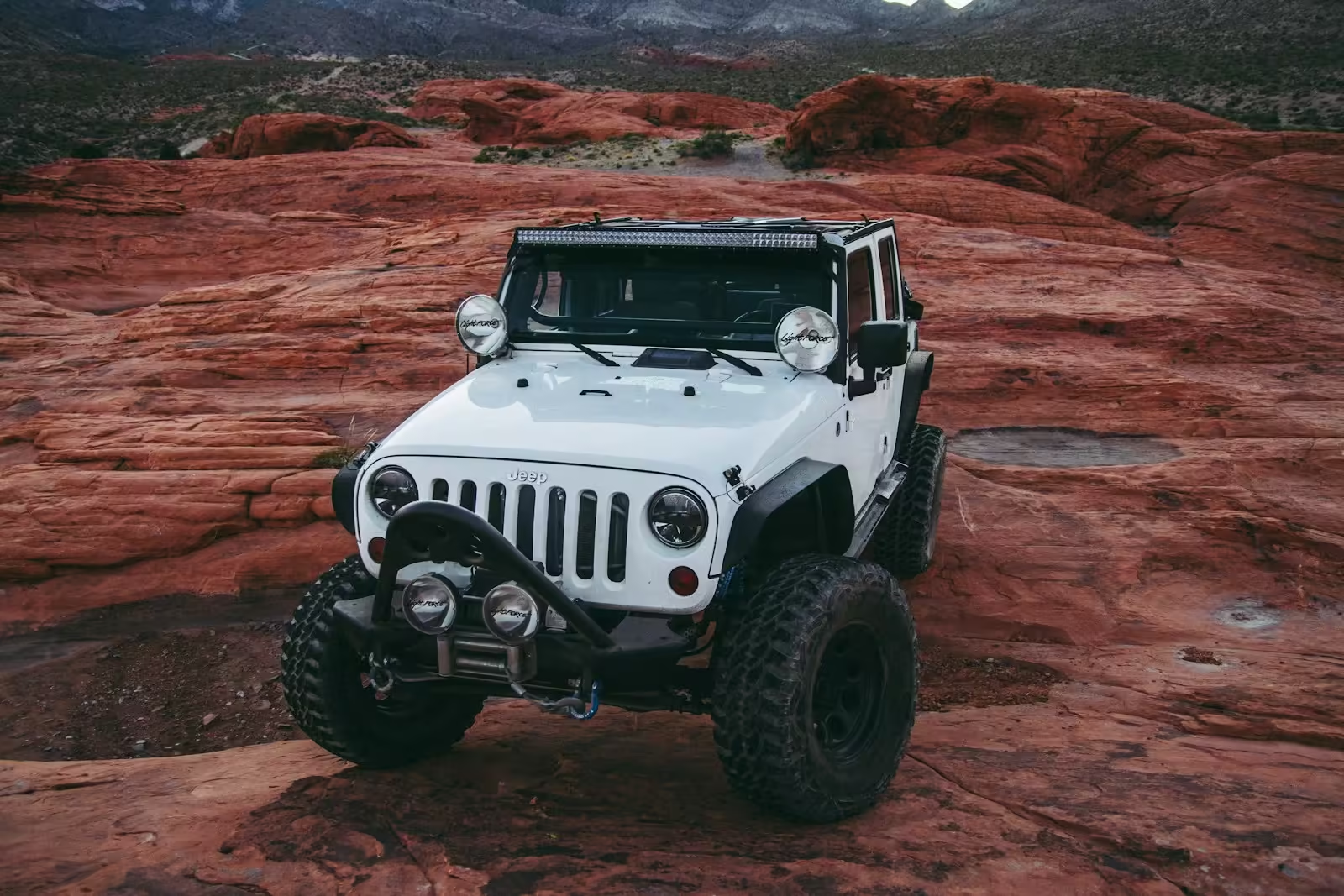
Table of Contents
The civilian version of the Quad Willys Overland, produced by the Jeep brand for the US military during World War II, was known as the CJ. In 1945, the CJ-2A was put into production; Ten years later, the CJ-3A and CJ-3B did just that. Production on the line continued without a fourth vehicle, however, in the 1950s a lone CJ-4 prototype was built and sold to the manufacturer.
Henry Kaiser bought Willys in 1953, and the CJ-5’s 29-year existence began two years later. After purchasing Jeep from Kaiser in 1970, American Motors Corporation (AMC) continued to supply the CJ-5 until 1983. Meanwhile, the CJ-7 entered the picture seven years ago. When Chrysler bought Jeep in 1987, the first of four versions of the Wrangler was born from the CJ-7, which was produced until 1986.
Although these two off-road monsters look almost identical at first glance, there are some notable differences between the CJ-5 and CJ-7 (besides their production period). It’s an excellent place to start, though: With the longest production run of any Jeep ever, the CJ-5 makes our list of the top 12 models Jeep has ever made. It has been in production for 29 years.
Read more: Every Toyota Hilux Generation Ranked Worst To Best
The CJ-7 Is Longer Than The CJ-5

These are vintage Jeeps that you want to restore to original condition. The CJ-5 and CJ-7 share the same basic body style—bars, two doors, open top—but their door openings allow you to instantly distinguish the two models. The CJ-5’s door sills have an upward slope just in front of the rear tire cutouts, however the door sills on the CJ-7 are straight horizontal lines.
You can also record the size difference if you take out a tape measure. The 1981 CJ-5 is 81 inches from hub to hub and 83.5 inches thereafter, but the CJ-7’s wheelbase is 93.5 inches. The extended frame allowed for a wider rear section, allowing the axle to be wider and giving the CJ-7 a more stable stance than the CJ-5.
Taller people find the CJ-7 has more space in the footwell and cargo area, which improves comfort and frees up more room for rear seats and luggage. The CJ-7 gets a new injection-molded plastic top that can be easily removed or replaced by two people, or if you have a strong back. The original hard top on the CJ-5s was an awkward piece of steel.
Only The CJ-7 Had An Automatic Transmission

The introduction of an automatic transmission, previously only available on Jeep’s closed SUVs like the Cherokee and Wagoneer, was the most significant change with the CJ-7’s launch. Unlike the 1976 to ’79 CJ-7, the CJ-5 was never available with an automatic transmission or Jeep’s QuadraTrac full-time all-wheel drive system. The CJ-7’s doors included an inner cushion that provided some protection from the cold, while the CJ-5’s doors were bare metal. The CJ-5 and CJ-7 were quite different in their engines, gearboxes and axles, but these were the main changes between the two models.
Beginning in 1972, the CJ-5 was equipped with a Hurricane F-head four-cylinder and a 304 cubic inch V8 engine instead of the Buick Dauntless 225 cubic inch V6 engine. Three years after AMC began using GM’s completely unmodified Iron Duke I4 engine with 82 horsepower in CJ5s, the engine was discontinued as the standard powerplant. For the CJ-5, Borg-Warner provided at least six three- and four-speed manuals; We won’t bore you by naming them all.
Behind those gearboxes, three different Dana transfer cases were in use: initially the Model 18, the Model 20 from 1972 to 1979, and the Model 300 from 1980 until the end of CJ-5 production in 1983. The front end rotated through a Dana 44 axle. , while moved into the previous one Dana 25 to a model 27 in 1966 and a full-float Dana 30 in 1972.
The CJ-7 Had Five Different Engines

The CJ-7 was first offered with the 304 V8 as an option, but only with the 232 and 258 straight sixes. The 232 was phased out in 1979, while the Iron Duke returned as the standard engine for the CJ-7 in 1980. The V8 was discontinued in 1982 and the Iron Duke was replaced in 1984 by AMC’s famous 2.5-liter I4. Until it ended production, the two available CJ7 engine options were the 2.5-liter four and the 258 I6. AMC’s TH-400 Quadratrack and other automatics were available for the CJ-7, while the three-speed Tremec T150 and four-speed Borg-Warner T18 manual transmissions were available options from 1976 to 1979.
In 1980, the CJ-7’s transmission was updated. I6 CJ7s were equipped with either a Torqueflite 999 auto or a Tremec T-176 stick, while the Iron Duke I4 was powered by a Borg-Warner SR-4 manual or a Torqueflite 904 automatic. The SR-4 was replaced by the Borg-Warner T4 and T5 manuals from 1982 to 1986, while the TF999 remained the automatic option.
Quadratrack models received the Borg-Warner 1339, while Dana 20s were used as part-time transfer cases until 1979. The stronger Dana 300 was found in the 1980 CJ-7. While the majority of CJ-7s were equipped with Dana 20 rear and Dana 30 front axles, a few lucky 1986 buyers were given Dana 44 rear axles. When searching for CJs, we suggest printing this page and refer to it as a guide. should help you tell if major components have been swapped out.
read | WWII Warbird Jeep with custom modifications is incredible


1 thought on “What sets the Jeep CJ-5 and CJ-7 apart?”